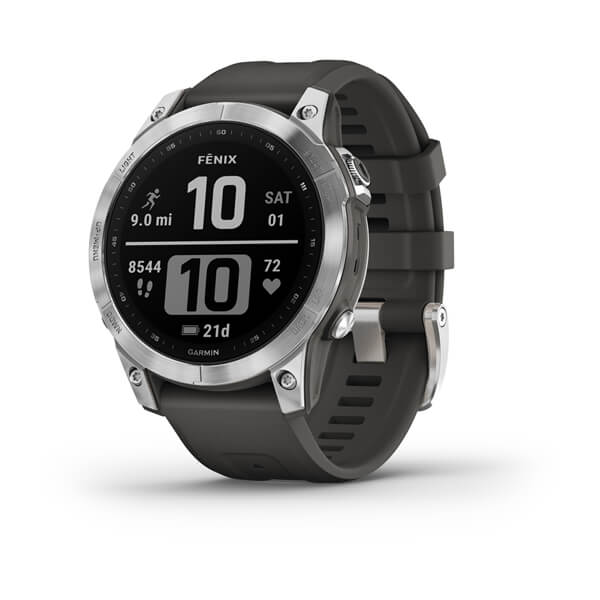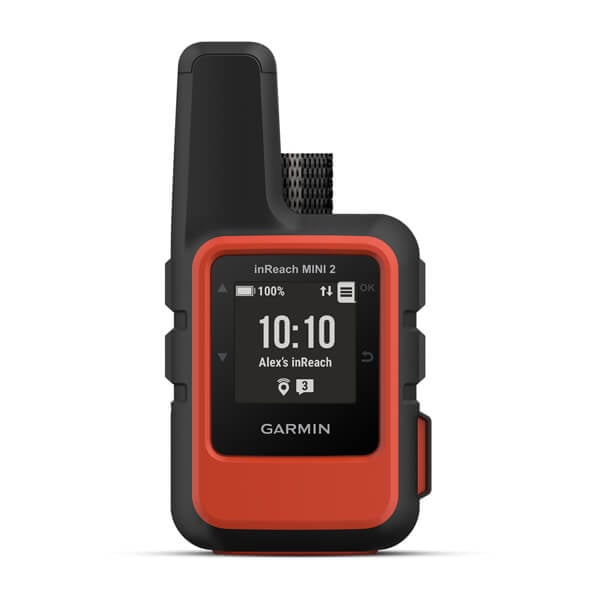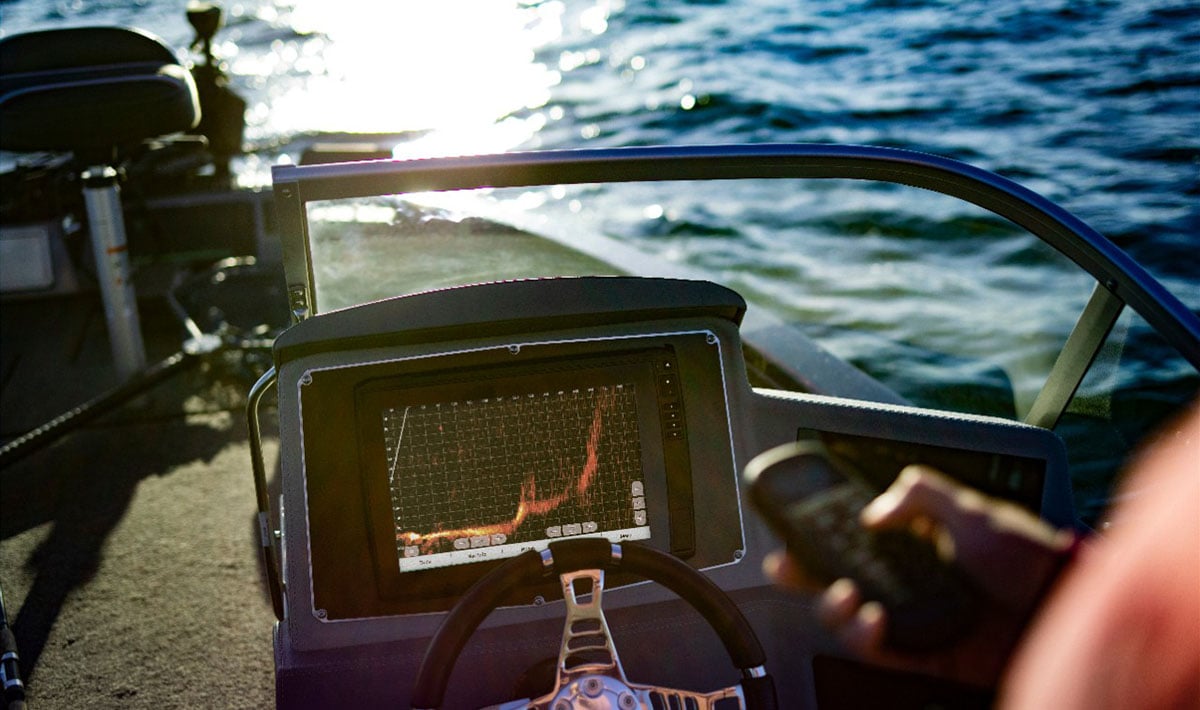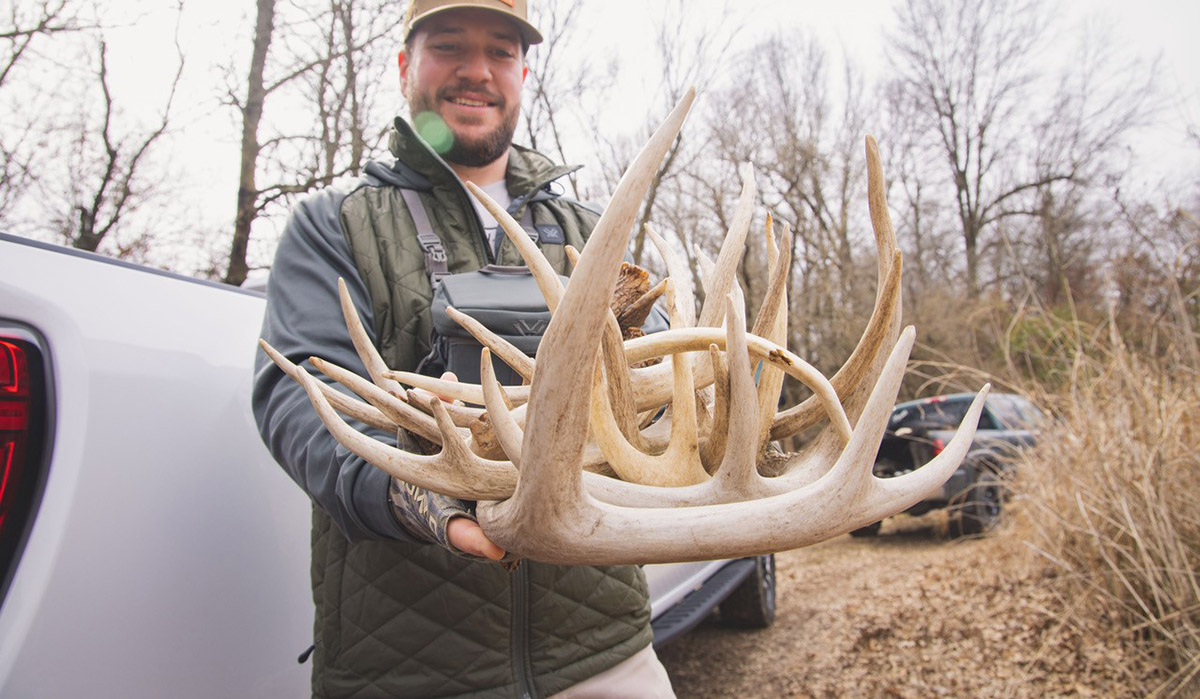
Shed Hunting with Heartland Bowhunters
Finding sheds is more than a fun spring hobby — it’s an opportunity to become a better bow hunter.
All images included in this blog post are courtesy of Heartland Bowhunters.
Being a sportsman in the Midwest this time of year can be difficult. It’s the brief window where the last of hunting seasons has closed (squirrel, if you’re curious), and the fishing hasn’t quite heated up enough to justify chipping ice off the rod eyelets.
However, for those with cabin fever, there is a season open if you’re willing to take a long walk on a nice day: shed hunting.
Every year, once breeding season is complete, the testosterone levels in bucks drop significantly, which causes their antler to fall off or “drop.” Shed hunting not only represents a great excuse to get outdoors, but it’s also an opportunity to learn more about the deer we spend all autumn and winter chasing.
Shawn Luchtel and Michael Hunsucker from Heartland Bowhunters shed hunt approximately 20 days each year, typically covering between 5-15 miles per day in search of sheds. Through the miles and days spent afield, they’ve learned some great techniques on how to come home with a heavier pack.
Garmin spoke with Hunsucker for tips that can help you find more sheds.
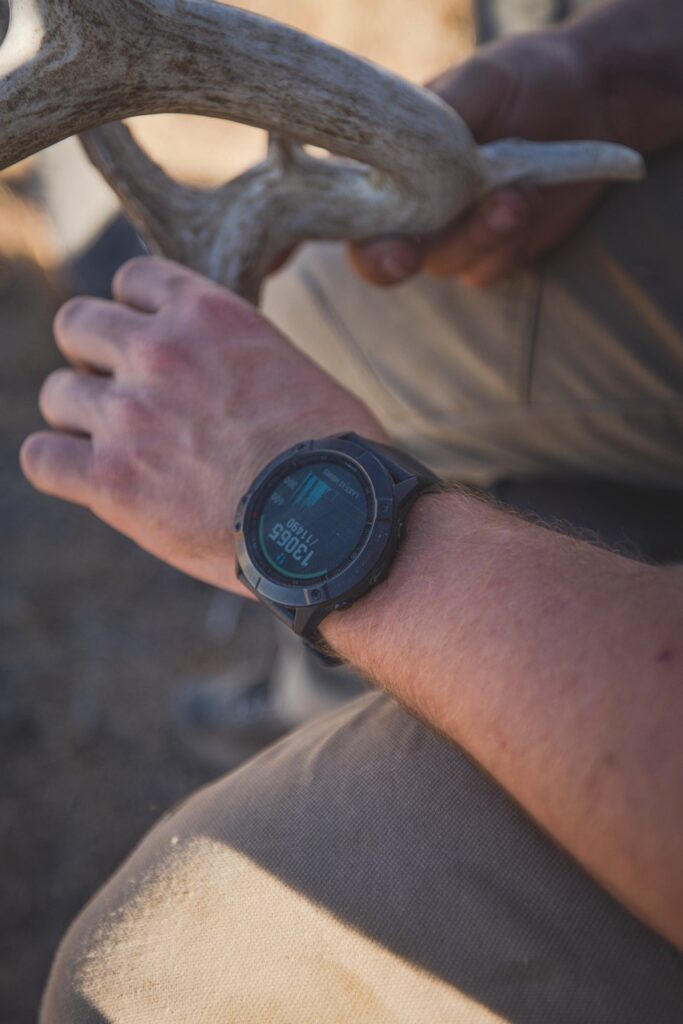
What do you enjoy most about shed hunting?
My favorite part about shed hunting is putting together one or more pieces to the puzzle in the pursuit of mature bucks. Having years of sheds of a buck you have the chance to hunt is extremely rewarding, and it’s fun to see how they grow year after year.
How can shed hunting make you a better bow hunter?
About 15 years ago, when we got really serious about bow hunting, we started shed hunting seriously. Details are everything when it comes to bow hunting, and the more information you have about a buck and his tendencies, the more likely you are to be successful. Beyond what you learn by picking up the antler itself, being in the woods post-season and scouting can teach you a lot about deer activity and travel corridors. A time when foliage is at a minus, sign is very easy to see and identify.
What is your best advice for new shed hunters?
Be patient! Shed hunting is hard, especially if you’re not shed hunting an area with high deer density and plentiful food. Don’t look too hard — sometimes I will find myself looking over every detail rather than scanning areas and looking for something that sticks out. If you look too hard, sometimes you’ll walk right by one!
What is the most common mistake you see shed hunters making?
Walking too fast. While covering a lot of ground is a good thing, you don’t want to walk faster than you can look. On the flip side, you also don’t want to move too slowly and overanalyze situations. Finding your stride is something learned with experience — finding the right speed to cover ground.
Looking in the wrong areas. You need to have bucks to find sheds. If your property doesn’t have a late-season food source, the likelihood of finding sheds will be much smaller. Food is the No. 1 key late season and without it, deer will leave to find it.
When you get ready to shed hunt, how do you decide where to go?
I also start in the easiest, most obvious places to find sheds. Late-season food sources are an area where deer spend a lot of time and typically antlers stand out more easily. Food plots and agricultural fields usually are at the top of my list. Beyond that, I am looking at bedding cover nearest those food sources and trail between the two.
Sheds can often blend in. What are the best tips for recognizing sheds?
Get your eyes trained to find them. Sometimes finding the first one is the most difficult. Sometimes we will take an antler that we have already found and have someone toss it in the woods or in the field and see if we can find it. Just getting that visual can help characteristics of shed antlers pop when you do come across one while walking.
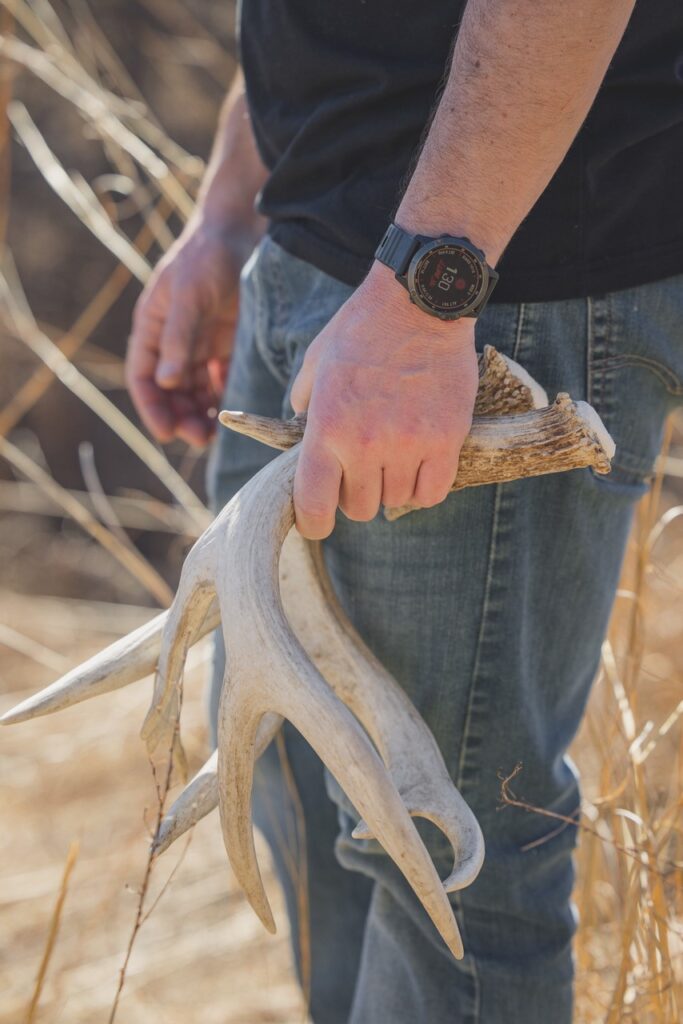
Do you use GPS for shed hunting? If so, how does it help you?
When shed hunting, your best odds are walking an area that you haven’t already walked. Simply by starting a hike activity on my fēnix®, the GPS will track what areas I have covered and reveal what areas I need to spend more time looking next.
Do you ever take your children shed hunting?
Absolutely! It’s tough when doing serious shed hunting, because they get burned out quick because it’s a lot of walking, but it’s fun to taken them on the UTV and cherry pick the food plots.
What is in your shed hunting gear kit?
When it comes to gear for shed hunting, I would consider myself a minimalist. Good boots are crucial if you are going to be covering a lot of ground. If I am going to be looking for a long time without coming back to the vehicle, I will take a small day pack to help carry antlers and some water. Binoculars are sometimes handy as well, especially in areas where you have high visibility and want to scan for sheds. An inReach® satellite communicator1, especially for Western hunters, can also be a valuable piece of gear to take with you.
How does shed hunting in the Midwest differ compared to out west?
Shed hunting out west is a different ballgame in many ways. Typically, the weather can be harsher, forcing the animals to herd up more and be heavily concentrated. For the most part there is less cover as well, making sheds more exposed and easier to spot with optics.
As the season progresses, any tips to finding the most sheds?
As the temperatures begin to climb and foliage beings to bloom, visibility becomes less. Monitor your deer with trail cameras to know just when the best time is to hit the woods. I like to wait until most, if not all bucks, have shed before hunting a property where I know I will be the only one. On public property, it’s a little different. You have to be the first to the spot, so walk as much as you can!
…
Hopefully, these tips help you (and the family) find a reason to get out of the house and learn more about that buck you’ve been chasing. For more hunting and fishing tips, check out Garmin’s blog.
1Some jurisdictions regulate or prohibit the use of satellite communication devices. It is the responsibility of the user to know and follow all applicable laws in the jurisdictions where the device is intended to be used.
